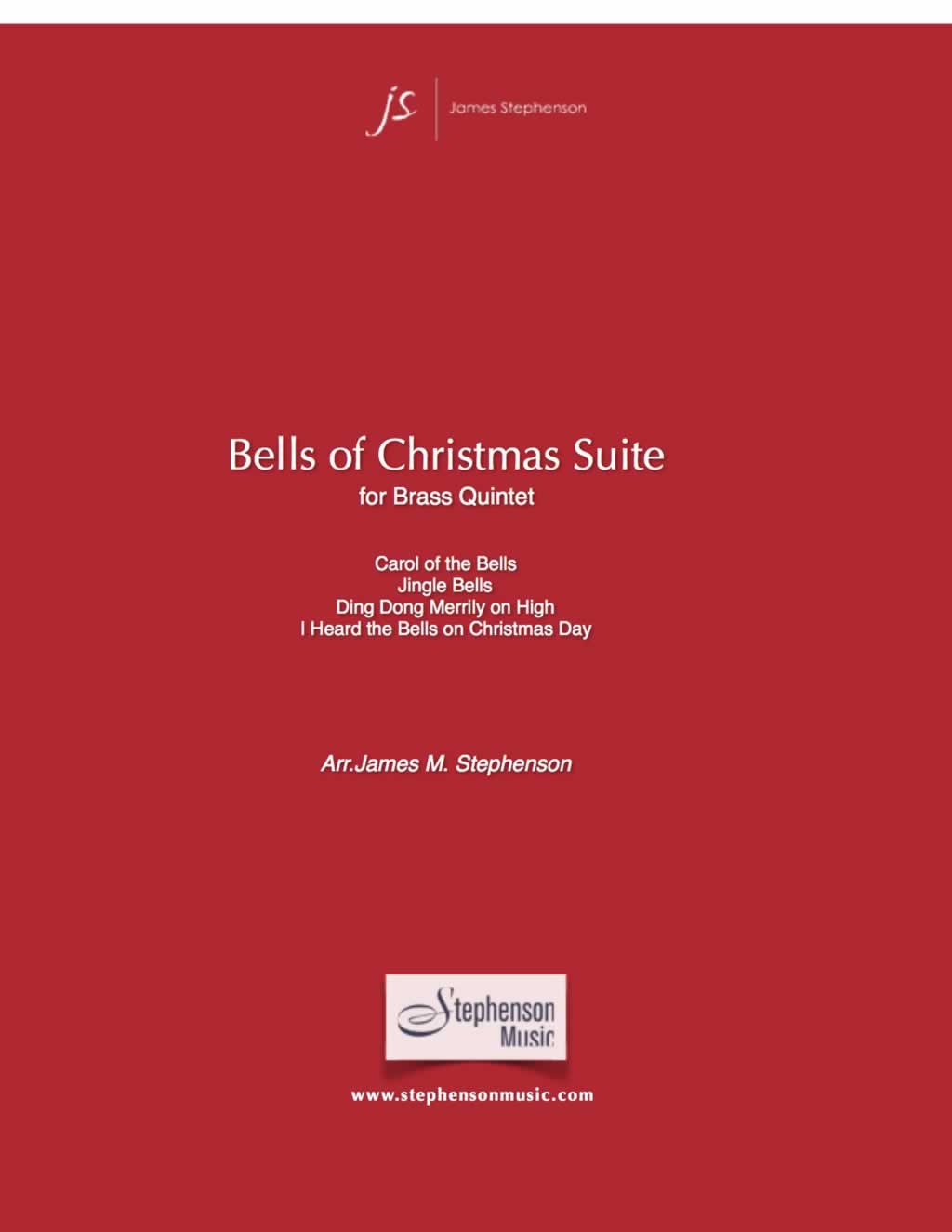CitySpeaks
$165.00 – $300.00
23′
For orchestra and spoken-word artist *3*3*32 – 4230 – t+4 – hp – strings
Description
The artistic disciplines featured: classical music, jazz (local hero Bix Beiderbecke), visual arts, photography, spoken-word, poetry from area teenagers and an adult local poet
- 0:00 — 2:52 Opening fanfare – uses artwork from local community artist
- 2:52 – 5:30 multimedia element; fade-in of actual Bix Beiderbecke recording of hisoriginal composition: “Davenport Blues”. (Bix was from Davenport, IA) Severalhistorical images accompany the audio.
- 5:30 – 5:40 — last image fades from old-days to modern, as the music moves from Bixto present-day spoken-word.We begin to move around the Quad Cities…
- 5:50 9:00 – local spoken word artist performs poetry that had been created by a teenage writers’ club in the Quad Cities. All original music is accompanied by images (captured by a local photographer) of Davenport, to accompany the text.
- 9:00 – 12:20 Bettendorf “beautiful” music (accompanied by local photographer’s images).
- 12:20 – 14:45 Mississippi River music, featuring poetry written/read by local Quad Cities poet (images accompany the reading)
VII.14:45 – 16: 25 – East Moline and Moline music. (“working-class music” to represent the feel of those towns). Again, local photographer’s images shown.
VIII. 16:25 – 19:43 Rock Island music, again featuring spoken-word artist and poetry by the teenagers. Accompanied by images.
- 19:43 – 21:20 — local poet reads poem about Bix Beiderbecke. Bix recording returns. Meanwhile, members of orchestra move forward to emulate a live “Bix ensemble” and accompany the recording. (note: we had some audio problems here with the monitor, and it was ‘almost’ executed perfectly…)
- 21:20 to 24:40 (end): Coda – orchestra plays Bix Beiderbecke music, and we transition into final reprise of fanfares, which now accompany the Bix music – to round out and finish the multimedia tone poem. Images return.
Instrumentation: *3*3*32 – 4230 – t + 4 – habrp – strings; spoken-word artist, narrator, audio/visuals piccolo, 2 flutes, 2 oboes, english horn, 2 B clarinets, bass clarinet, 2 bassoons, 4 french horns, 2 C trumpets, 2 trombones, bass trombone
timpani, 4 percussion, harp, strings
Program Notes (by the composer):
Always seeking ways to expand my musical vocabulary, and when asked to write a new work for the Quad City Symphony, I proposed the idea of a “tone-poem” that would celebrate the cities of the region by using many forms of artisitc expression; a means to highlight the different cultures and talents of the quad cities, and to represent both its past and its present. When I was supplied with one artistic rendering of the cities surrounding the river, an immediate idea for the form of the work sprang to mind, which inspired me musically and experientially.
Which was: to have 5 “blocks of sound” surrounding the orchestra, whereas each block represents a city, and the orchestra (woodwinds)represent the river. The blocks are: Davenport (2 trumpets/trombone); Bettendorf (timpani/percussion); East Moline (horn, trombone, bass trombone); Moline (strings); Rock Island (3 french horns). Furthermore, each group would play rhythmic fanfares that rhythmically emulated that of their respective city. Throughout this process, the woodwinds flow along, representing the river in the middle.
Once these fanfares subside, the tone-poem begins to work clockwise from Davenport on around, giving each city its proper dedicated music. Images on the screen accompany almost the entire work, so as to give visual reference points to the performed music.
Davenport is long known as being the home of the famous jazz cornetist of the early 20th century, Bix Beiderbecke. Thus, the music melts into one of his own most famous compositions: “Davenport Blues”. An actual recording of Bix and his band play, while slowly the orchestra begins to comment, but in music of the present day (quasi hip-hop). The text for the spoken-word artist comes from “The Atlas”, a book of prose compiled by young writers from the Quad Cities (the Young Emerging Writers Internship Program). Finally, we launch into full-fledged contemporary music, as edgy commentary is delivered about modern-day life.
Strings and oboe take us into Bettendorf, with purely orchestral lush music and flowing counterpoint. As this music quiets down, we cross the river, aided by a poem by Quad Cities native Dick Stahl: “The Mississippi River, My Compass”. The music builds again, now referencing East Moline (horns) in bold and beautiful fashion.
Moline takes on more of a busy highly-spirited tone, reminscent of a town hard at work (the word Moline comes from the French “moulin”, or “mill town”), and so the sonoroties of fast-pace and factory-life (John Deere) transition us toward Rock Island.
The spoken-word artist returns once again, bringing us back to present-day, with a poignant delivery about the gritty but nostalgic memories of a childhood spent in Rock Island. The final text of “she sings” is echoed throughout the orchestra, as once again the river begins to flow. Fanfare memories again begin to hearken, with Dick Stahl’s poem about Bix once again launching us back into a full-on orchestral accompaniment to Bix performing his “Davenport Blues”. Finally the modern-day orchestra takes over, once and for all, complete with the orchestra’s own “jazz combo” out front, and the triumphant fanfares return, sending the music and its cities’ representation to a glorious finish.
I am most grateful to Music Director Mark Russell Smith, and the Quad City Symphony administration, for engaging me to dive deep into the history of their area, so that I might do my best to give it proper representation. It is projects like this that give my creative output depth, and flavor, and I most enjoyed formulating a musical scheme to combine so many elements of history and arts into a unique musical work.
Jim Stephenson; February 27, 2019
Additional information
| Type of Purchase | |
|---|---|
| Type of Work |





